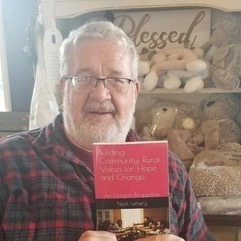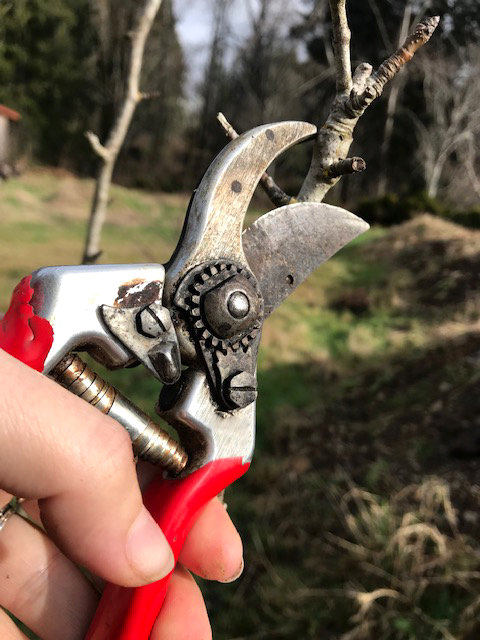
By Neal Lemery
The recent sunny weather gave me good reasons to get outside and start my early spring pruning chores. That work includes a lot of social and personal pruning, as well as the work in the garden.
I have a long list, starting with eliminating some of the clutter and debris in my life, how the community can be improved, as well as taking a long look at the grapes that I had neglected to fully prune last year.
I’m motivated to sharpen my garden clippers, both literally and figuratively, because I’m seeing a lot of community pruning of our lives, our social institutions, and our daily work in these times of the pandemic. We are challenged by quarantines, other public health concerns and responding to economic challenges. Giving these community challenges a critical eye is a healthy step forward to improving our lives, and having a positive response to these challenging times.
“Here we are, and what are we going to do about it?”, a friend recently asked me.
The results of that pruning, that reorganization and revitalization are already apparent. Stagnant institutions are being revived, people are becoming more engaged, and new ideas are finding fertile ground. And, practices and attitudes that aren’t helping to improve our lives are being pruned away, to the betterment of all of us. Community life is on a rebound.
As a gardener, I know that pruning away the dead, the diseased and the overlapping branches of plants improves their health, and stimulates them to be more vibrant, more productive plants. Pruning opens up a plant for more exposure to the sun, and is a proven way to invigorate older plants. I’ve recently learned that when I’m planting a shrub or tree, I should be also pruning the roots, which stimulates the plant and ensures its success in its new surroundings.
Such practices should be applied to our work in the community.
“In nature, every plant eventually is pruned in some manner. It may be a simple matter of low branches being shaded by higher ones resulting in the formation of a collar around the base of the branch restricting the flow of moisture and nutrients. Eventually the leaves wither and die and the branch then drops off in a high wind or storm. Often, tender new branches of small plants are broken off by wild animals in their quest for food. In the long run, a plant growing naturally assumes the shape that allows it to make the best use of light in a given location and climate. All one needs to do to appreciate a plant’s ability to adapt itself to a location is to walk into a wilderness and see the beauty of natural growing plants.” (Douglas Welch)
I’m trying to apply those gardening principles to my own life by exploring new ideas, cleaning out some old time-wasting and stale activities and projects in my life, and finding new ways to improve our community life. Like any pruning job, my personal and community pruning involves taking a hard look at the structure, having a plan of what things should look like when I’m done, and getting tough on eliminating disease and the superfluous, the stuff that gets in the way of vigorous and fertile growth.
The thoughtful gardener takes the long view of where one’s garden needs to be . By having a long term vision, and taking some bold steps with one’s clippers, as well as the occasional saw, transformation occurs. The needed change will soon produce obvious benefits, with the plant (and our community relationships) becoming healthier, more vibrant.
I struggle with change, and healthy pruning is one of the key tools we have to bring about needed growth in our relationships and our community. Recent stories in the Pioneer and other media tell of how people are instigating change and revitalizing our community. We are taking on new ways of how we work, go to school, raise our kids, and care for each other. These changes are the subjects of deep and sometimes hard conversations. Yet, changes are coming. Indeed, many of them are already here.
I look around, and see that I’m not the only one out in the yard with my clippers, pruning away the dead, the misshapen, the cluttered shrubs in the yard, and the parts of our social fabric that need revitalized. We gardeners are a persistent bunch, and recognize that pruning is an ever-present task on our to-do lists. We can have sometimes heated discussions on how we should tend our community gardens, our institutions, and how we interact with each other. Our commitment to positive change, to effective pruning, is one of our great strengths, an aspect of our lives that we should celebrate with enthusiasm.
In those conversations, we can all grow and change, and become better gardeners of our community and our lives.

Books: NEW book – Building Community: Rural Voices for Hope and Change; Finding My Muse on Main Street, Homegrown Tomatoes, and Mentoring Boys to Men


